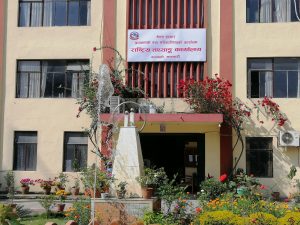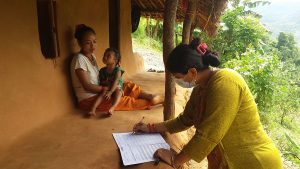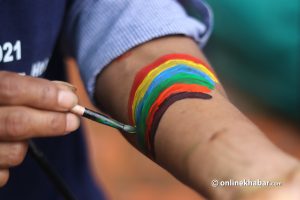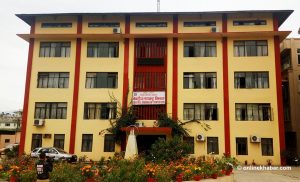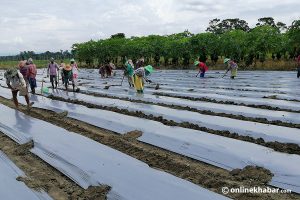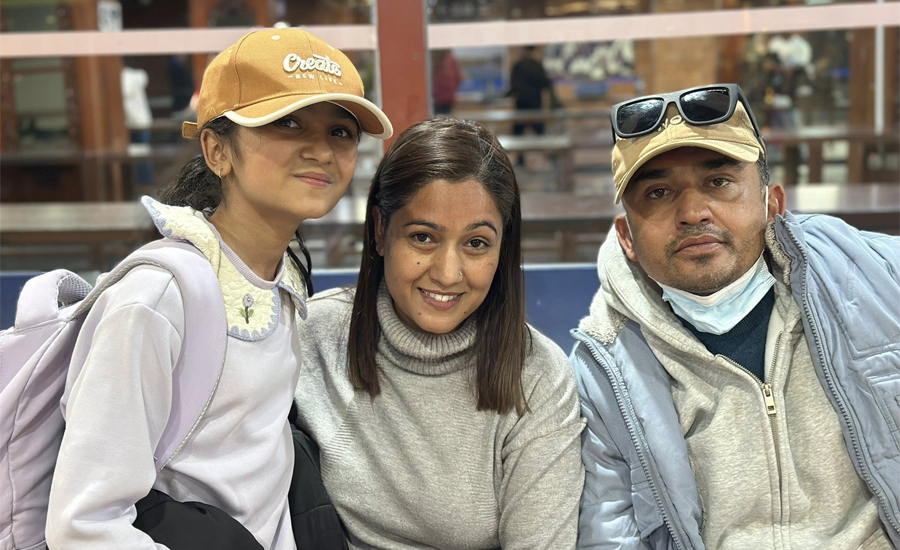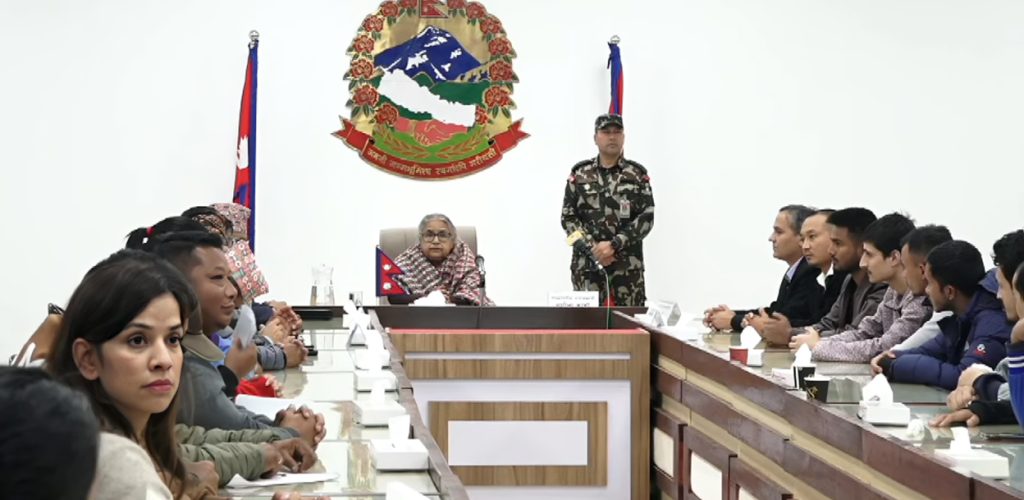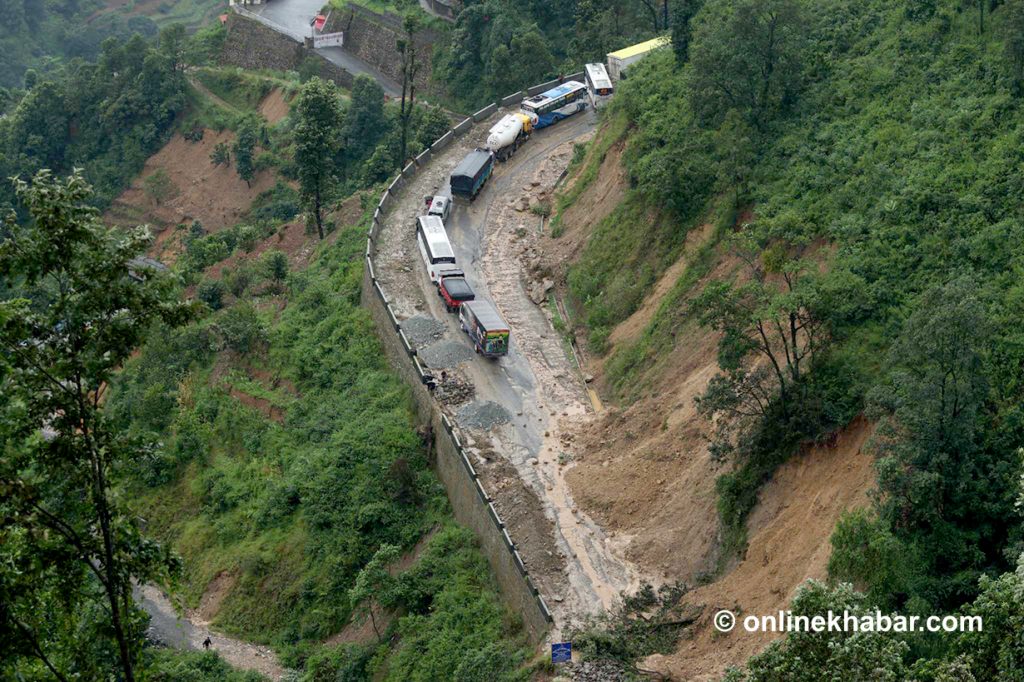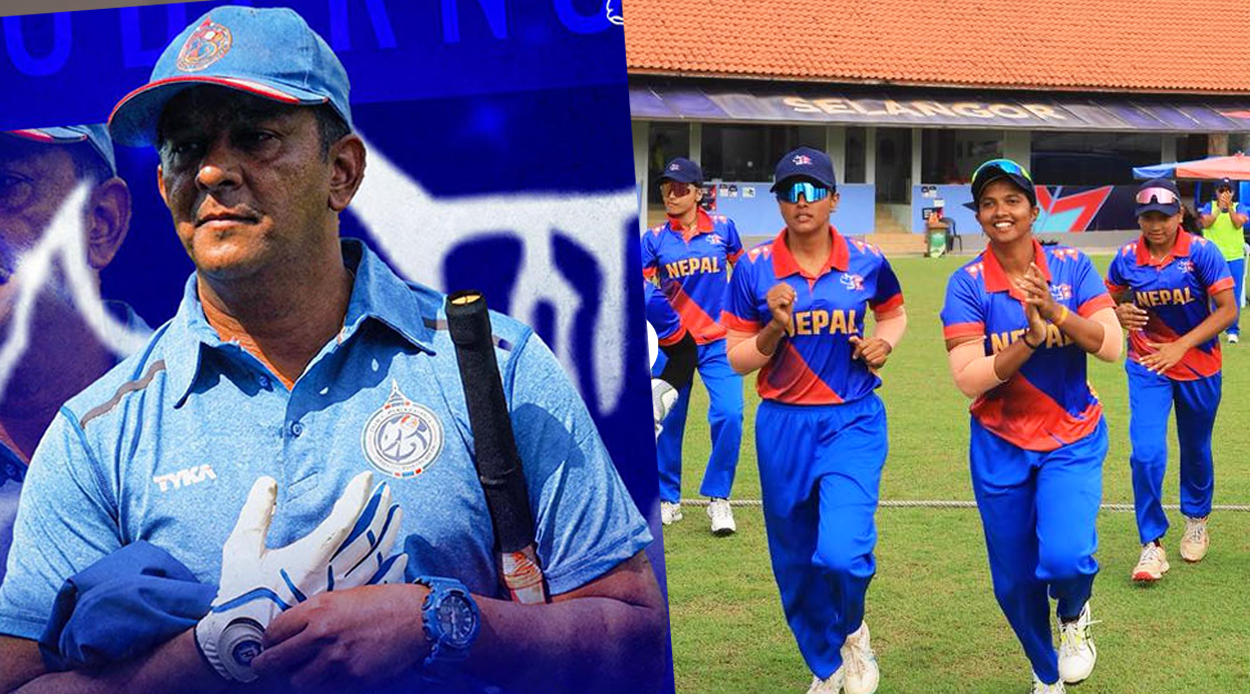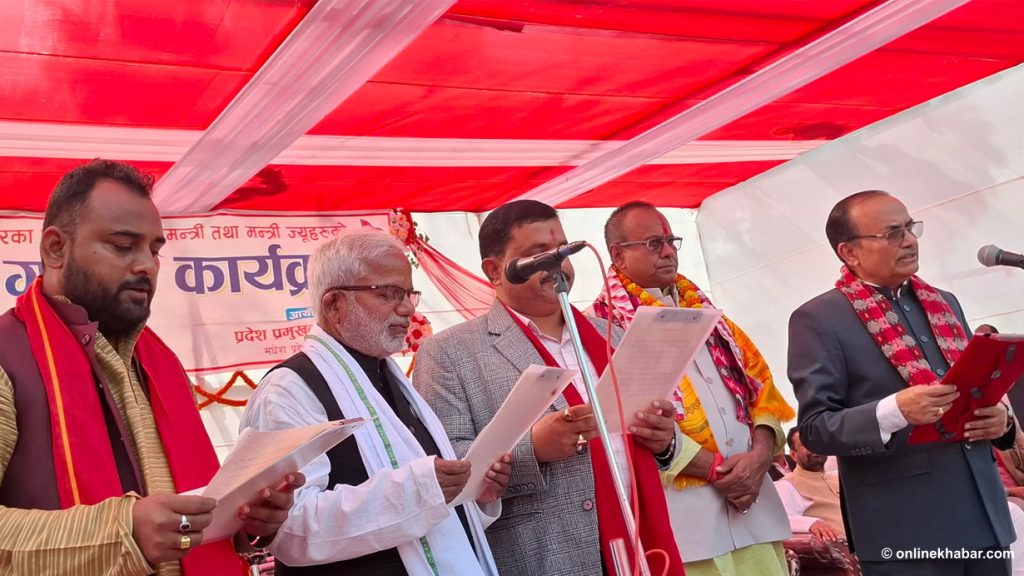This year, Nepal finished another of its decennial census, a population count that occurs every 10 years. In the Nepal census this time, the government was all set to recognise the LGBTQIA+ community for the first time in the country’s history. But, when the government released their preliminary data, it faced a backlash that the numbers said nothing about the community.
Even with the backlash, the activists fighting for LGBTQIA+ rights are still pinning their hopes on the census that can give them a future where they can protect and ensure their visibility as well as advocate for equal rights and access for all. Activists hope the final full report of the Nepal census will categorically mention the population of the LGBTQIA+ community.
LGBTQIA+ community and Nepal census
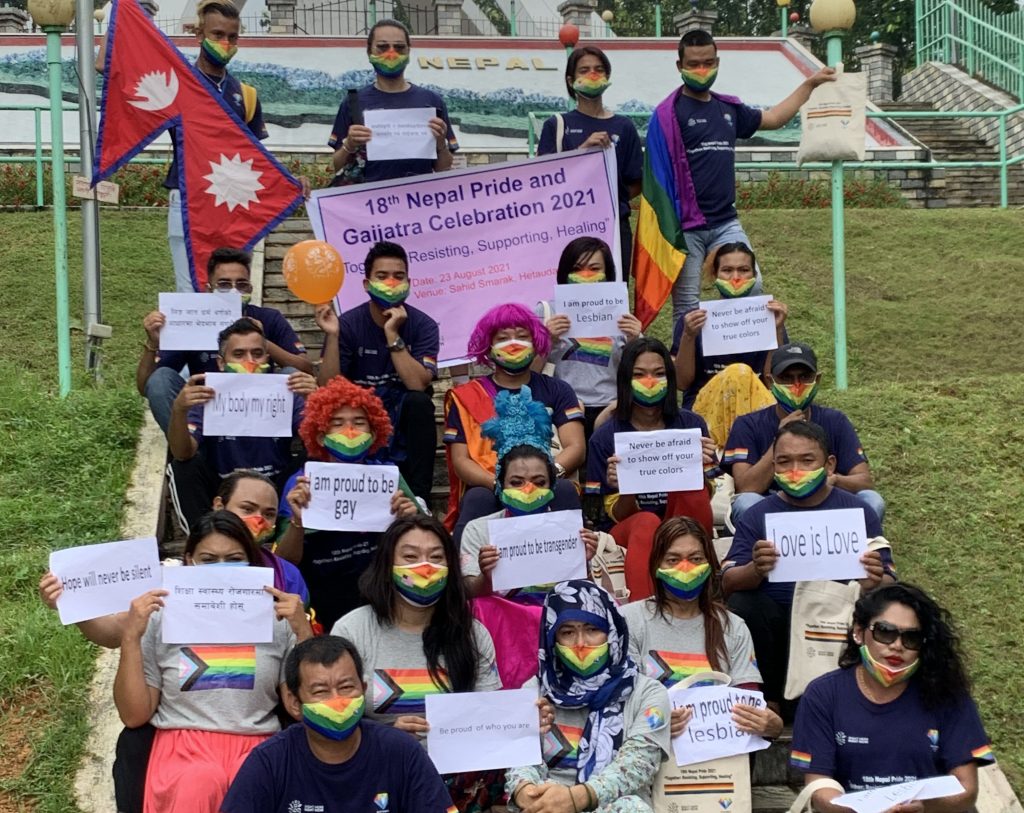
The constitution of Nepal promulgated in 2015 ensures and protects the fundamental rights of every Nepali citizen regardless of their sex, gender, religion, caste, creed and economic or social status. The constitution, for the first time, also accepted sexual minorities and guarded their fundamental rights the same as others.
However, the lack of framework, rules and regulations, guidelines and their poor implementation coupled with the heterosexual norms make it hard for people to come out of the closet and be proud of their identity. And with the new Nepal census, the community closely worked with the authorities to ensure that their numbers are recorded. The community hoped the scenario would change for the better.
Anuj Petter Rai, a human rights activist working at Blue Diamond Society (BDS), says people within and outside the community still feel menial jobs or sex work or fashion are the only options for them. He claims the recognition of the community in the census might change that.
He claims there has not been any survey that gives authorities the official data about the population of the community in Nepal. The Nepal census data, hence, should possess the power to bring in a paradigm shift.
But, the preliminary data skipped the details about them, and it sparked online outrage. But, the community says it has not lost its calm.
Rai explains, “It is as intended, so the community has no problem. We are expecting a full report within the six to nine months of the census [earliest by June].”
BDS President Pinky Gurung also agrees. “We should not forget that there were two sets of questions in the census. In the first one, there were basic demographic questions. It was already understood that this part of the census would not include the community’s number. After multiple discussions, the authorities let us know that it would be difficult for them to include the number in this census.”
Pending concerns

Both Gurung and Rai agree that this was the first time such a nationwide attempt has been made to collect data in close collaboration with the government officials and the community. The reason why the number of LGBTQIA+ community has not been counted before this is also that the community has not been forthcoming.
Gurung points out that some of the hesitations still could be witnessed in this year’s census. “There were some lapses in the way the enumerators questioned and the way the members answered. There was a lack of awareness and sensitivity among the enumerators whereas the community also still felt guarded and a lot of hesitation to admit their sexual orientation.”
Hence, the Nepal census report will also not paint the real picture. But, the number will help the community nevertheless, she says.
Activists think there was a lack of public service announcements and related information about the census and it also resulted in some hesitation. “There could have been more and better awareness programmes that would have sensitised the community and the enumerators for more sensitivity in their questions and answers.”
But Gurung is hopeful, “The authorities have collected the details in their second set of questions, the household survey. There, the survey has the details of the members from the community as the household owners and those staying in rent. So we are still awaiting the full report.”
The officials from the Central Bureau of Statistics were however not available for comments for this story.







